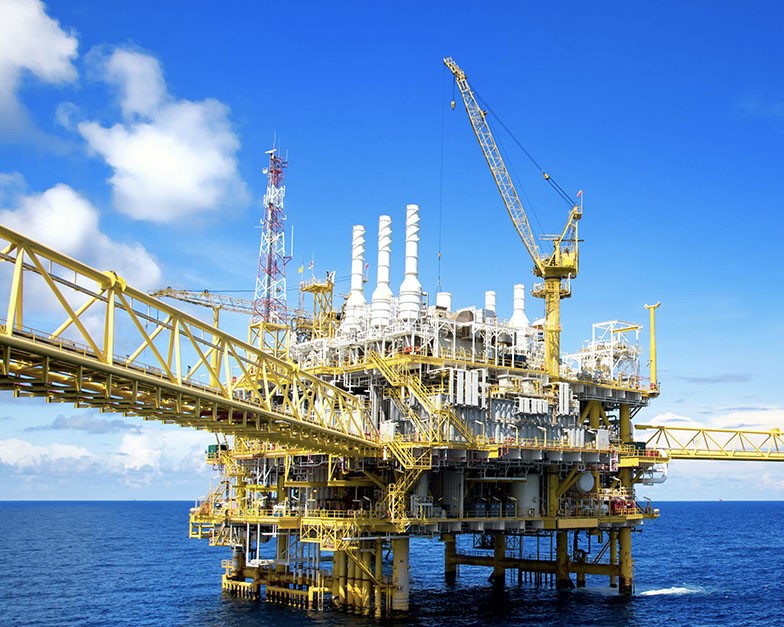Oil prices increased on Tuesday, as China, the world’s largest oil importer reported stronger-than-expected economic growth for the first quarter of 2023. This positive news from China’s economy was offset by heightened tensions in the Middle East following Iran’s missile and drone attack on Israel over the weekend. Brent and U.S. crude futures rose by 0.5% and 0.6%, respectively, with the benchmarks responding positively to China’s GDP growth of 5.3% year-on-year.
China’s economic growth and oil demand
China’s economic growth exceeded the expectations of analysts, which is a favourable news for policymakers. The country’s gross domestic product (GDP) expanded by 5.3% in the first quarter of 2023 compared to the same period last year. This strong growth indicates a rebound in the world’s second-largest economy and the largest oil importer. China’s demand for oil is crucial for the global oil market, and this growth is seen as a positive sign for sustaining oil prices.
Weakness in other economic indicators
However, it’s important to note that while GDP growth was strong, other economic indicators painted a mixed picture. Property investment, retail sales, and industrial output data showed that demand remains weak in the face of a protracted property crisis. This suggests that China’s economic recovery may be uneven, and there are still challenges ahead. Nonetheless, the solid GDP growth provides a positive outlook for oil demand in the coming months.
Impact of Middle East tensions
Oil prices had soared to their highest levels since October last week but fell on Monday following Iran’s attack on Israel. The attack caused only modest damage, and oil markets are now awaiting Israel’s response. Analysts noted that the conflict could escalate further, potentially involving the U.S. as well. The tension in the Middle East, a key oil-producing region, is keeping markets on edge, with investors closely monitoring the situation.
Israel’s response and oil supply concerns
Israeli Prime Minister Benjamin Netanyahu has convened his war cabinet to discuss possible retaliation against Iran. Iran is a major oil producer within the Organisation of the Petroleum Exporting Countries (OPEC), producing more than 3 million barrels per day of crude oil. Any disruption to Iran’s oil production or exports could have a significant impact on global oil supplies and prices.
Oil prices and market uncertainty
The conflict between Israel and Iran has added a layer of uncertainty to the oil markets, which were already dealing with supply concerns. The recent growth in Chinese demand and the potential for further escalation in the Middle East have kept oil prices volatile. Investors are weighing the possibility of supply disruptions against the backdrop of improving economic conditions in China.
The interplay between economic growth, geopolitical tensions, and oil supply dynamics is crucial for the global economy. China’s economic recovery and its impact on oil demand cannot be understated, especially as it faces challenges in other sectors. Additionally, the situation in the Middle East underscores the fragility of oil supplies from the region, influencing pricing and market sentiment.
The rise in oil prices reflects the market’s response to China’s economic growth and the ongoing tensions in the Middle East. While China’s strong GDP growth boosts oil demand prospects, the conflict between Israel and Iran introduces uncertainty and potential supply risks. Investors are closely monitoring these developments, which could have significant implications for oil supplies and prices in the coming months. The oil market remains volatile, influenced by a delicate balance of economic and geopolitical factors.
What’s next?
As the situation in the Middle East unfolds and China’s economic recovery continues, oil prices will remain sensitive to news and developments. Investors will be watching for any signs of escalation or de-escalation in the Middle East, while also keeping a close eye on China’s oil demand in the coming months. The oil market is poised for further volatility as these factors play out, impacting producers, consumers, and the global economy at large.



